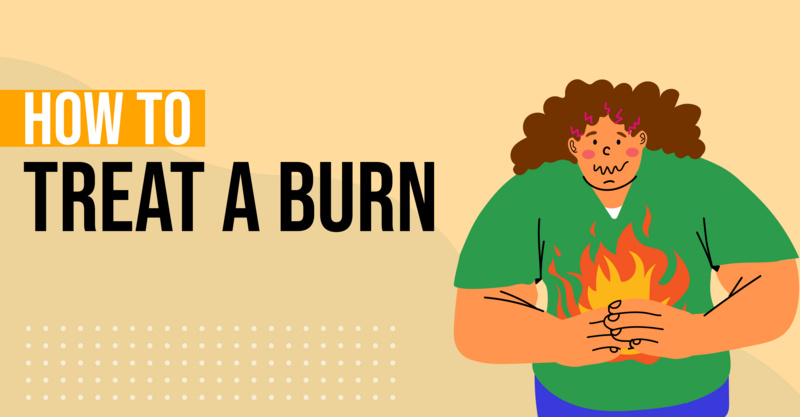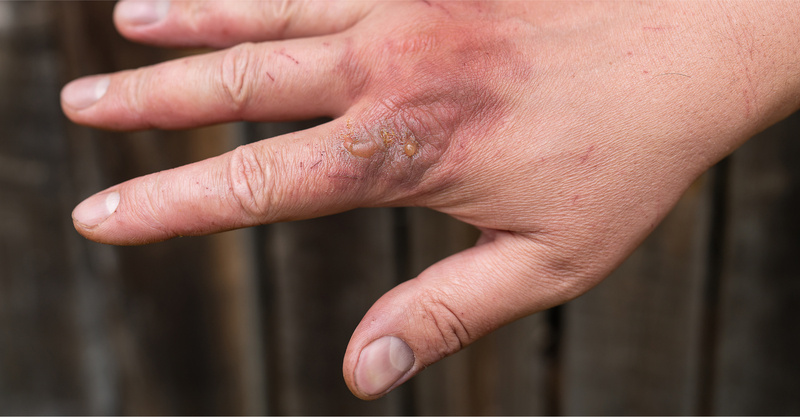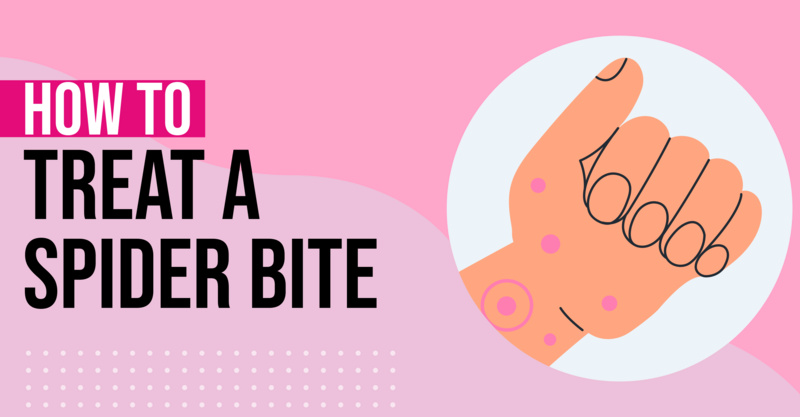Key Points
- The article outlines the different types of burns including heat, electrical, friction, cold, chemical, and radiation burns.
- Burns are categorized into four levels of severity, from first-degree burns affecting only the outer skin layer, to fourth-degree burns impacting underlying ligaments, tendons, nerves, blood vessels, and bones.
- Home treatment options for minor burns include over-the-counter pain relievers, cool water, and aloe vera lotion.
- While urgent care centers can handle minor burns, severe third and fourth-degree burns necessitate treatment in an emergency room.
Every year more than 3 million Americans seek treatment for burns. Whether you’re cooking dinner on the stove, curling your hair to get ready for a night out, or lighting a candle, doing everyday tasks come with the risk of getting burned. Heat burns – burns caused by fire, steam, hot liquids, or hot objects – are the most widely known type of burn. However, there are many different types of burns.
Types of Burns:
- Electrical burns, which are caused by contact with an electrical source or lightning
- Friction burns (also known as “road rash”), which are caused by contact with hard surfaces such as roads, carpets, and gym floors
- Cold burns, which are caused by contact with extreme cold, wet, or windy conditions
- Chemical burns, which are caused by contact with certain household or industrial chemicals
- Radiation burns, which are caused by exposure to the sun (sunburns), tanning booths, X-rays, and radiation therapy
All types of burns are broken down into different levels categorized from minor to severe:
- First-degree burns: These types of burn affect only the outer layer of the skin and can typically be treated with at-home remedies.
- Second-degree burns: Second-degree burns can be treated as minor burn if they’re smaller than three inches in diameter or if it doesn’t cover a major joint, your hands, feet, or face. These types of burns affect the inner and outer layer of skin and typically cause the skin to blister.
- Third-degree burns: These types of burns always require professional medical attention, as they affect all layers of the skin and underlying tissue.
- Fourth-degree burns: The most severe type of burn, fourth-degree burns affect all layers of the skin and underlying ligaments, tendons, nerves, blood vessels and bones.
If you have a minor burn, home treatment options include:
- Taking over-the-counter pain relievers such as ibuprofen (Advil®), acetaminophen (Tylenol®), or naproxen sodium (Aleve)
- Holding the affected area under cool running water until the pain passes to help cool the burn
- Applying aloe vera lotion to the affected area to moisturize the burn and keep it cool
Urgent care centers are able to treat minor burns (first-degree or small second-degree burns), while third-degree and fourth-degree burns are better treated at the emergency room.
Frequently asked questions
What are the different types of burns discussed in the article?
The article mentions six types of burns: heat, electrical, friction, cold, chemical, and radiation burns.How are burns categorized in terms of severity?
Burns are categorized into four levels. First-degree burns affect only the outer skin layer, second-degree burns impact the inner and outer skin layers, third-degree burns affect all skin layers and underlying tissue, and fourth-degree burns affect all skin layers and underlying ligaments, tendons, nerves, blood vessels, and bones.What are some suggested home treatments for minor burns?
For minor burns, the article suggests using over-the-counter pain relievers, running cool water over the burn, and applying aloe vera lotion.Where should severe burns be treated?
Severe third and fourth-degree burns should be treated in an emergency room, according to the article.Can minor burns be treated at an urgent care center?
Yes, the article states that minor burns can be treated at urgent care centers.What are fourth-degree burns and what do they affect?
Fourth-degree burns are the most severe type of burn. They affect all layers of the skin and underlying structures including ligaments, tendons, nerves, blood vessels, and bones.What should I do immediately after getting a minor burn?
The article suggests running cool water over the burn and applying aloe vera lotion. Over-the-counter pain relievers can also be used.What types of burns affect both the inner and outer layer of skin?
Second-degree burns affect both the inner and outer layer of skin.









